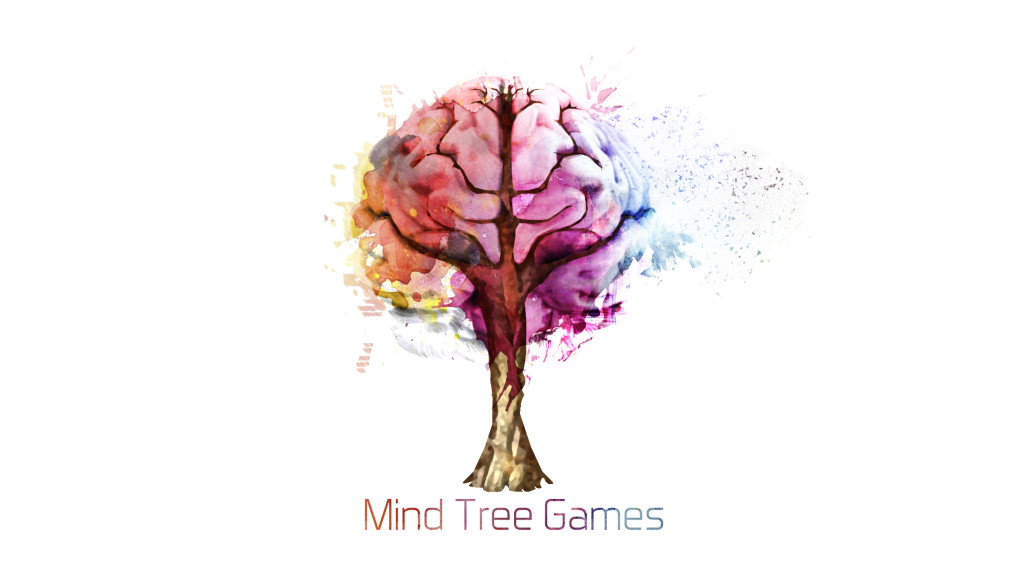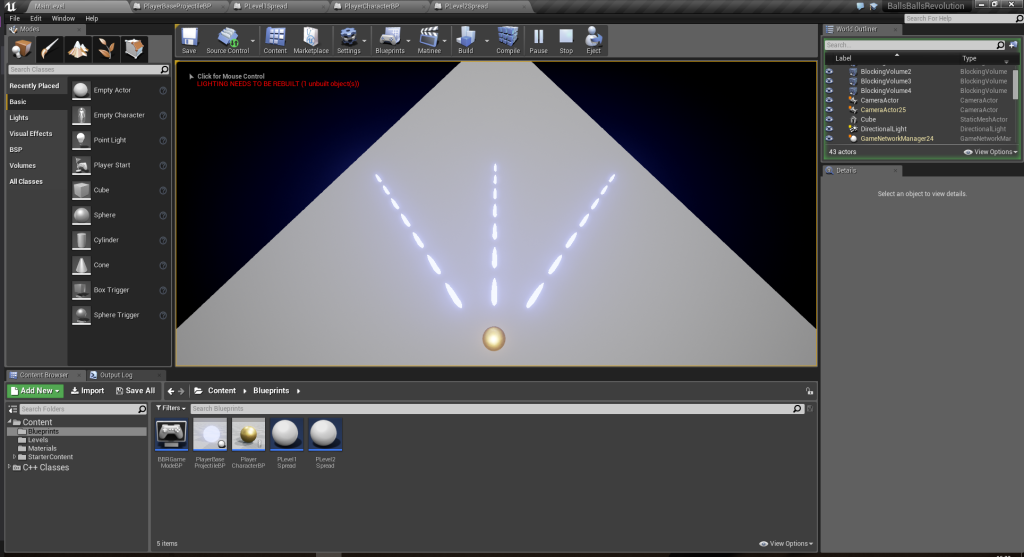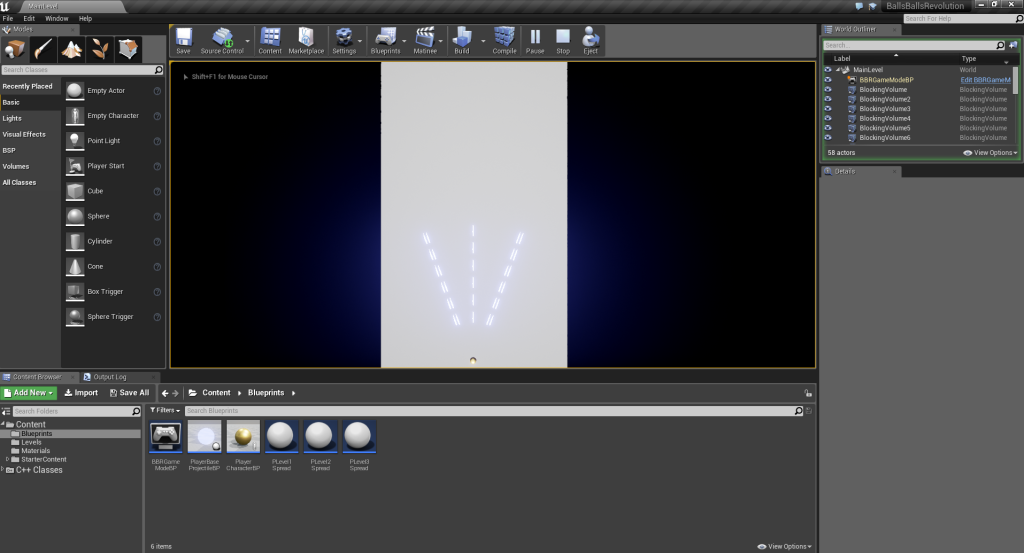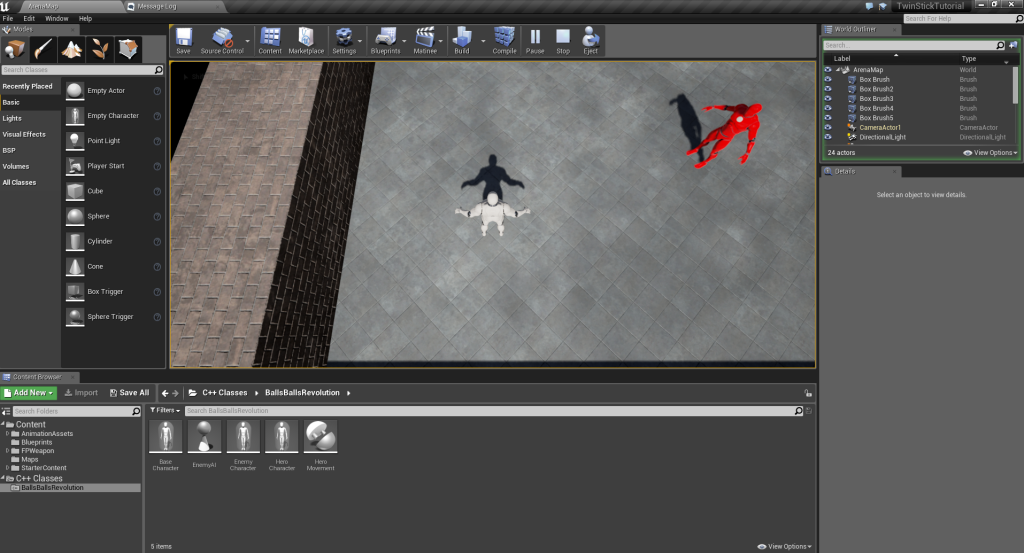This last weekend, the yearly hackathon took place in burlington. I have been going to HackVT since freshman year when a friend convinced me to go and I in a way fell in love with it. This year in particular was different for me than previous years. In the past, I would go to the hackathon, program for a good chunk of the event and then go home without presenting. This year, since it would potentially be my last (due to graduating and getting a job somewhere), I decided to go all the way and do the presentation. I wasn’t alone though as I had one of my best friends, Kyle, who also has been going since freshman year with me.
Going to this years hackathon was also different in another way. In previous years, they released the data sets roughly a week or so in advance and we spent time preparing a basic idea of what we wanted to do before going to the event. This year was different because for some reason the data sets weren’t available until the day of the event and being the busy person I am, I had very little time to prepare due to this. Kyle and I started forming our “idea” while walking to the building roughly an hour before it officially kicked off.
So what did I do this year? This year, the theme was “Hack the Climate” and was focused around what you can do in regards to climate change. What Kyle and I decided to do was to create a management game where the goal is to teach people the things they can do to help mitigate the effects of climate change. Our game, Eco Builders, was created in roughly 22 hours and it was definitely quite the experience having roughly 3 hours of sleep after being up for 48 hours. Here are a few of the things our game featured:
- 5 categories the player could improve on
- Natural Events
- Performance Reviews
- Things you can do to mitigate the effects of natural events
- A budget & deficit
- A timeline
I’ll break these down one by one to explain them as well as having some pictures to go along with it.
The game had 5 different categories of things they could improve on. These were essentially the numbers running in the background of the game which would judge how well or poorly the player was doing based on an average of the 5. These categories were Soil Erosion, Nutrient Pollution, Maintaining of the Wetlands, Management of Culverts and Invasion of Non-Native Species. The average of these scores (on a 100 point scale) would determine how well the player is doing since there wasn’t time to do it on an individual basis.
Natural events were our primary form of creating chaos in the game that the player would then have to “fix”. The numbers were definitely not balanced and the system was by no means perfect, but its job was to present the player with a challenge and see if they can find the correct solution. Our game featured 6 different natural events each with their own effect on the environment. They were Ballast Spill, Influx of Exotic Species, Upstream Flood, Construction, Forest Fire and a Storm. More details on them can be seen below in the images. All of this content was created during the event.
[tribulant_slideshow gallery_id=”7″]
Performance reviews were in the game to achieve three goals. The first was to tell the player how they were doing. If they were doing terrible, they would know from the yearly performance review. If they did well, they would also know from the review. The second goal was to provide a lose state for the game. If the player has three bad performance reviews, they would lose. The third goal was to give the player some form of reward for doing well in the game. The reward being a larger budget to do things. More details can be seen below in the images.
[tribulant_slideshow gallery_id=”8″]
The player had many things they could do to mitigate the effects of natural events. Some of them were short term fixes such as restricting ballast water spilling or creating trash blankets, but there were also long term fixes that would be more beneficial. These included teaching and other things such as restoring native species and so forth. You can see more details from the images below.
[tribulant_slideshow gallery_id=”9″]
The budget and deficit is a money system which we used to help make the player make some more difficult decisions while playing the game. They were designed with the idea that they can’t do everything they need all at once and have to prioritize based on the upcoming natural event/s. The deficit specifically is there because you can’t spend more than you have and we wanted to avoid that. It is meant as a way to show what they are currently spending each month versus how much money they currently have available.
The timeline was a basic system we created to handle events on a month by month basis. We picked this timescale because it made more sense than days and years and we needed something to just show that things time. This system provided us with an easy way to create events where things happen each month (such as a budget/deficit) and things that happen only once after waiting a certain amount of time (such as the natural events). The important things can be seen in the top right with the time until it arrives.
This more or less describes the game and all of its features. It really is quite impressive how much can be done in a 24 hour time period and whats even more amazing is how much Kyle and I were capable of doing during that period having already spent all day doing classes and work on friday. As for the result of our efforts, we didn’t win anything but it was nice being able to show off what we did for the event, even if all we took from it was a sleepless night and some free food. Lastly, I would like to thank my friend Kyle Strader for joining me for HackVT once again and helping my push through the event. It was fun and hopefully we can do something like it again.
EDIT:
I have recently uploaded the game and you can play it here.





